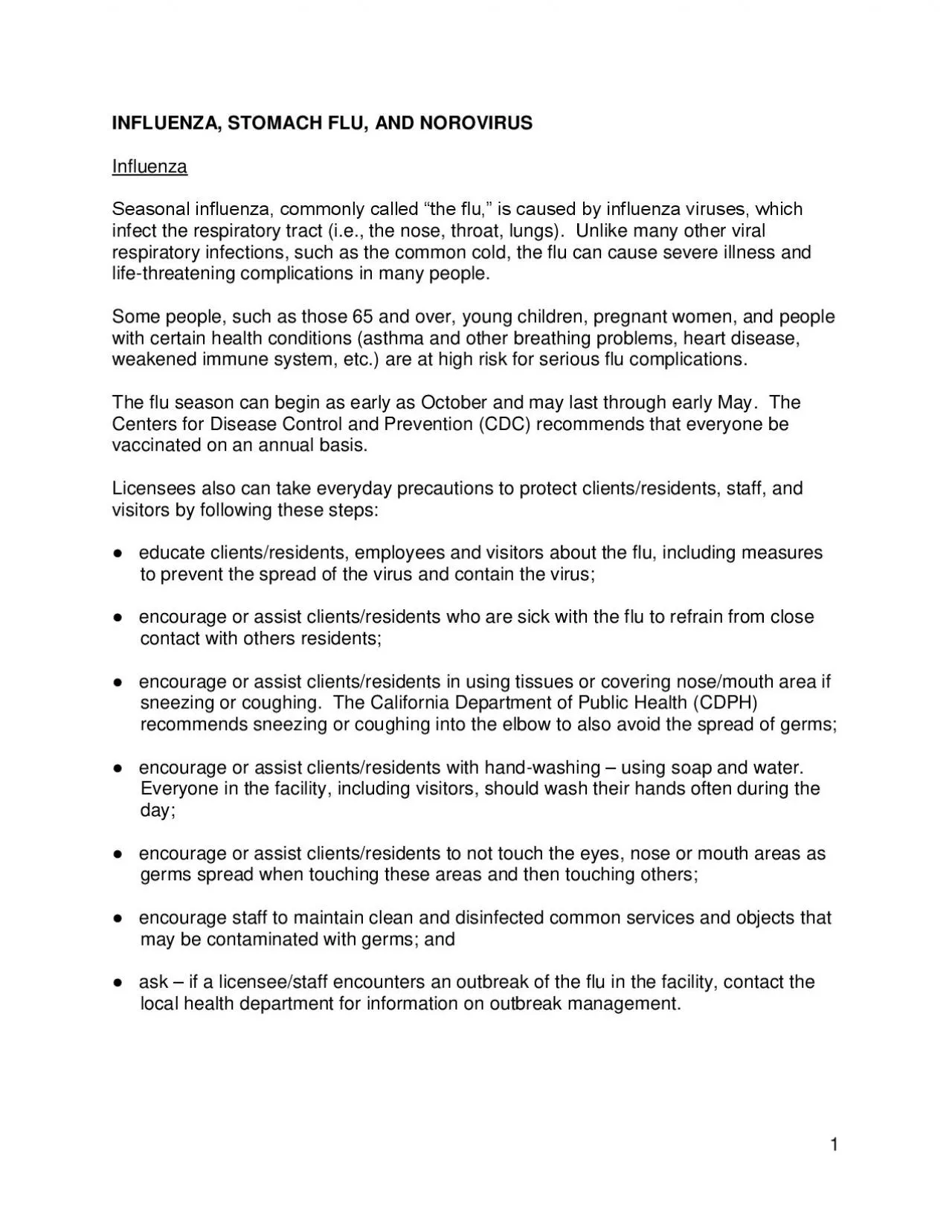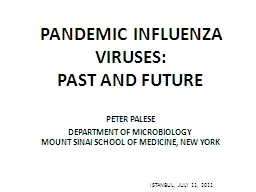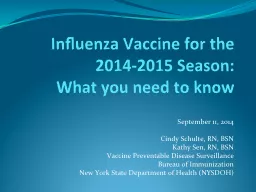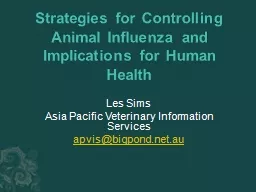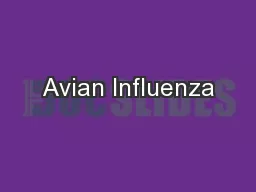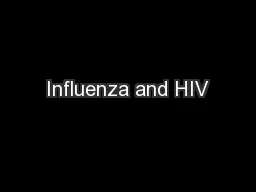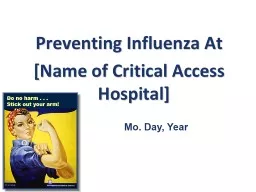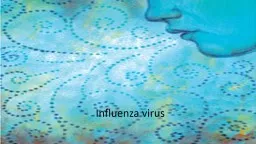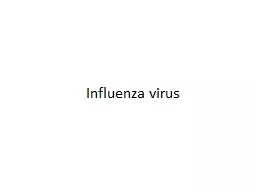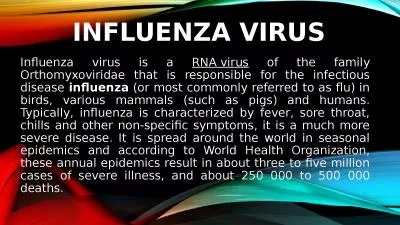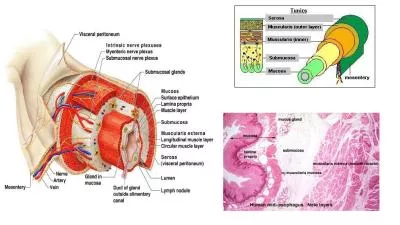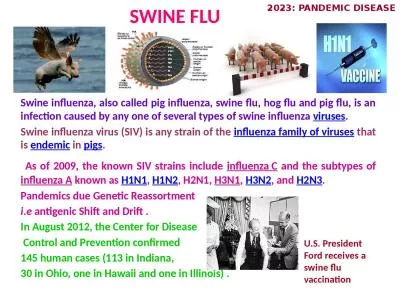PDF-INFLUENZA STOMACH F
Author : anastasia | Published Date : 2022-09-22
1 LU AND NOROVIRUS Influenza Seasonal influenza commonly called the flu is caused by influenza viruses which infect the respiratory tract ie the nose throat lungs
Presentation Embed Code
Download Presentation
Download Presentation The PPT/PDF document "INFLUENZA STOMACH F" is the property of its rightful owner. Permission is granted to download and print the materials on this website for personal, non-commercial use only, and to display it on your personal computer provided you do not modify the materials and that you retain all copyright notices contained in the materials. By downloading content from our website, you accept the terms of this agreement.
INFLUENZA STOMACH F: Transcript
Download Rules Of Document
"INFLUENZA STOMACH F"The content belongs to its owner. You may download and print it for personal use, without modification, and keep all copyright notices. By downloading, you agree to these terms.
Related Documents

